The US Federal Reserve (Fed), while keeping the policy rate unchanged at 0-0.25 percent as expected, stated that it would be appropriate to increase the interest rates "soon".
In the statement made by the Fed, it was noted that economic activity and employment indicators continued to strengthen.
In the statement, it was noted that the sectors negatively affected by the new type of coronavirus (Kovid-19) epidemic have improved in recent months, and it has been stated that they have been affected by the sharp increase in Kovid-19 cases recently.
In the statement, it was reported that supply and demand imbalances related to the epidemic and the normalization of the economy continue to contribute to high inflation.
Pointing out that general financial conditions continue to be supportive, it was stated that the course of the economy continues to depend on the course of the virus.
In the statement, it was stated that the progress in vaccination against Kovid-19 and the easing of supply constraints are expected to support the decrease in inflation as well as continued gains in economic activity and employment.
Asset purchases will end at the beginning of March
In the Fed's statement, it was emphasized that risks to the economic outlook remain, including new variants of Kovid-19.
In the reiterated statement that the Federal Open Market Committee (FOMC) aims to achieve the maximum employment and 2 percent inflation target in the long term, it was reported that it was decided to keep the target range for the federal funds rate between 0 and 0.25 percent in order to support these goals.
In the statement, it was stated that it was expected that it would be appropriate to increase the interest rate "soon", and that asset purchases would be terminated at the beginning of March.
Pointing out that the pace of reducing asset purchases is maintained at $30 billion, the statement emphasized that the bank will be ready to adjust its monetary policy stance appropriately in case of risks that may prevent it from reaching its targets.
On the other hand, the Fed, in another statement, stated that they agreed on the principles of balance sheet reduction and that the balance sheet reduction would begin after the interest rate hike.
Fed Chairman Powell signals March meeting for rate hike
US Federal Reserve (Fed) Chairman Jerome Powell held a press conference with the video conference method after the Fed kept the policy rate constant in the range of 0-0.25 percent.
Pointing to the expectation of the Federal Open Market Committee (FOMC) that an increase in the interest rate would be appropriate in the "soon", Powell stated that he decided to end his asset purchases in early March by continuing to decrease according to the plan announced in December.
Powell stated that on the backdrop of high inflation and a strong labor market, the bank's monetary policy is adapting to the developing economic environment and that they will continue to adjust the policy accordingly.
"Omicron will affect growth this quarter"
Stating that economic activity grew at a strong pace last year, Powell emphasized that the economy showed great strength and resilience in the face of the ongoing epidemic.
Stating that the sharp increase in cases with the Omciron variant will affect economic growth this quarter, Powell noted that the Omicron variant is not as lethal as the previous types of the virus and that the cases are expected to decrease rapidly.
Pointing out that if this wave passes quickly, its economic effects will disappear quickly, Powell said that a return to strong growth can be seen.
Labor demand is strong, inflation is above target
Pointing out that the labor market has made remarkable progress, Powell said that in many respects it is "very strong" and that the improvement in market conditions is widespread.
Stating that demand for labor continues to be historically strong, Powell noted that wages have increased at the fastest rate in many years.
Reiterating that inflation remains well above the long-term 2 percent target, Powell stated that bottlenecks and supply constraints limit the speed at which production can respond to high demand in the near term, and that these problems are larger and longer-lasting than expected.
Emphasizing that they are committed to the price stability target, Powell stated that they continue to expect inflation to decrease during the year.
No decision has been made regarding the timing and speed of the balance sheet reduction.
Stating that they will carefully monitor whether the economy is developing in line with expectations, Powell said that they will be careful and respond appropriately to risks, including the risk of high inflation becoming more permanent than expected.
Pointing out that the Fed's balance sheet reduction will come after the interest rate hike, Powell noted that no decision has been made on the timing, speed and other details of the balance sheet reduction, and that this will be discussed in the next meetings.
"There is plenty of room to raise interest rates without threatening the labor market"
Powell stated that they have not made any decision on the policy to increase interest rates, and that they will be "modest" and "agile".
"I think there's quite a bit of room to raise interest rates without threatening the labor market," Fed Chairman Powell said. made its assessment.
Powell stated that they intend to raise the interest rate at the Fed's March meeting.
The Fed's balance sheet reached approximately 9 trillion dollars during the epidemic period.
While the Fed cut the policy rate to 0-0.25 percent in the first months of the Kovid-19 epidemic, it started to purchase assets of 120 billion dollars per month in order to control the unemployment that increased due to the epidemic.
The bank's balance sheet had nearly doubled during the pandemic, reaching nearly $9 trillion.
While the rise in inflation in the country forced the Fed officials to make changes in the monetary policy, the bank started to decrease in the pace of its asset purchases with the November meeting last year, and increased the rate of reducing its asset purchases at the December meeting.
Inflation in the US reached 7 percent in December last year, the fastest annual increase since 1982.


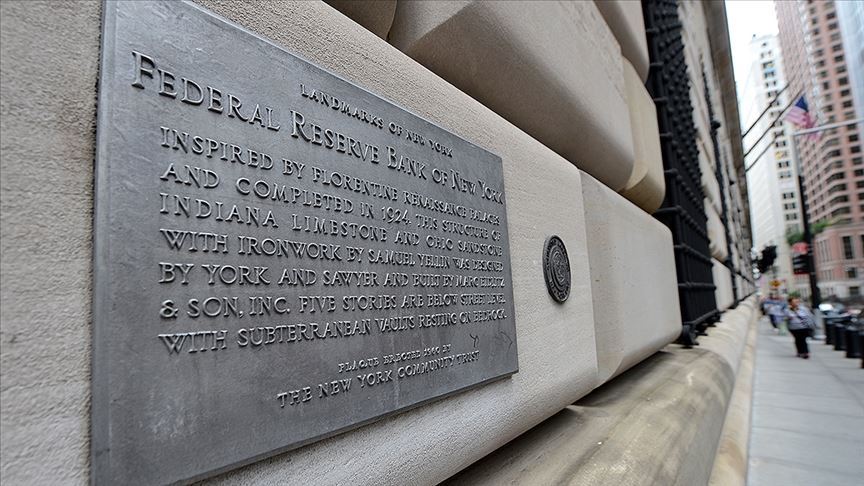
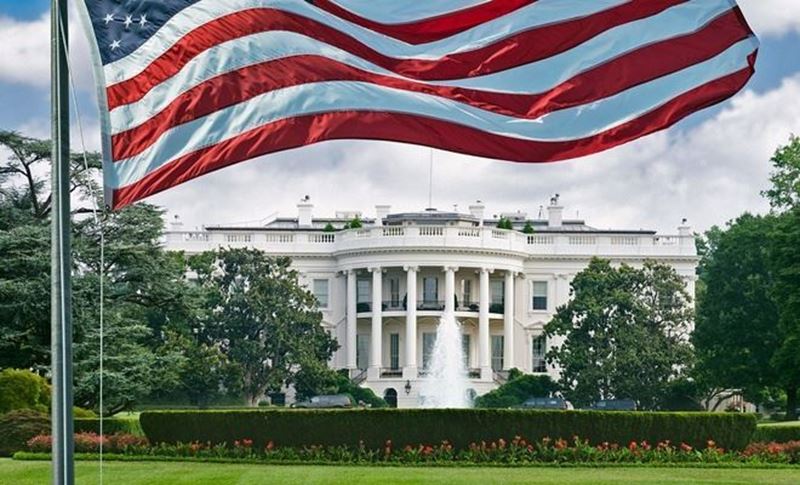

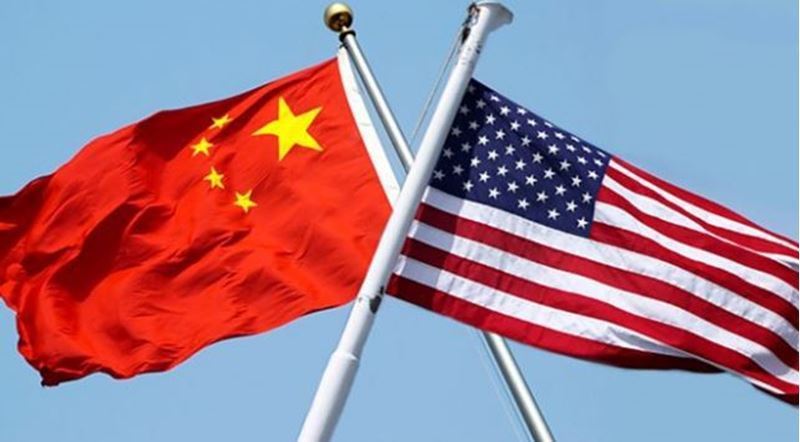
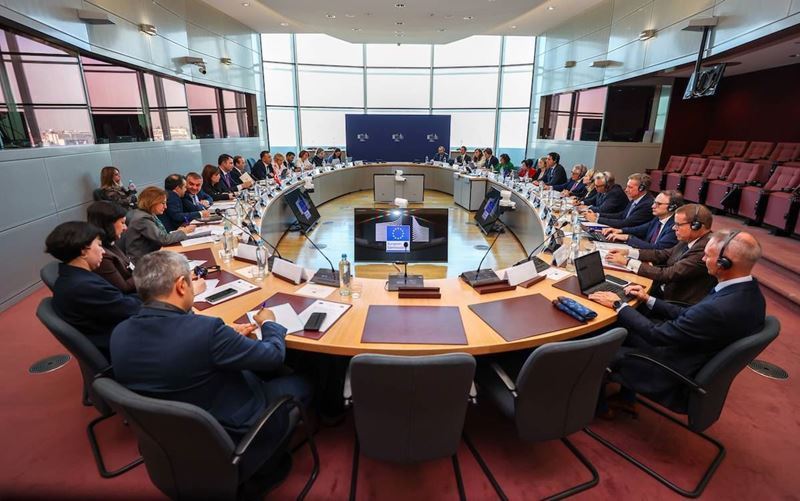
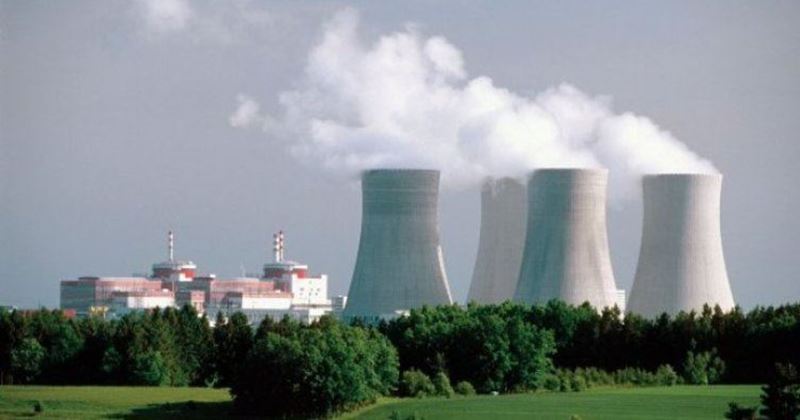

Comments
No comment yet.